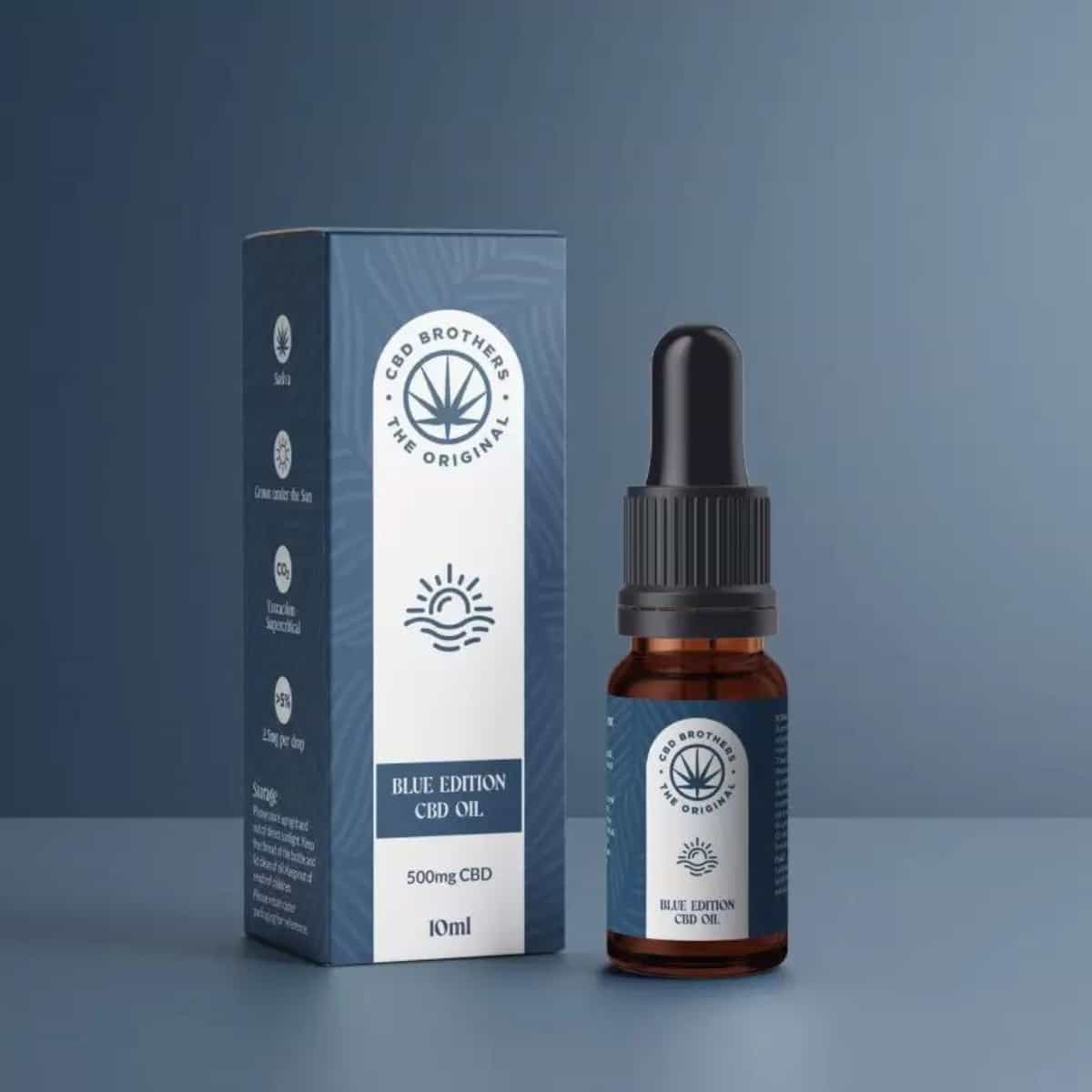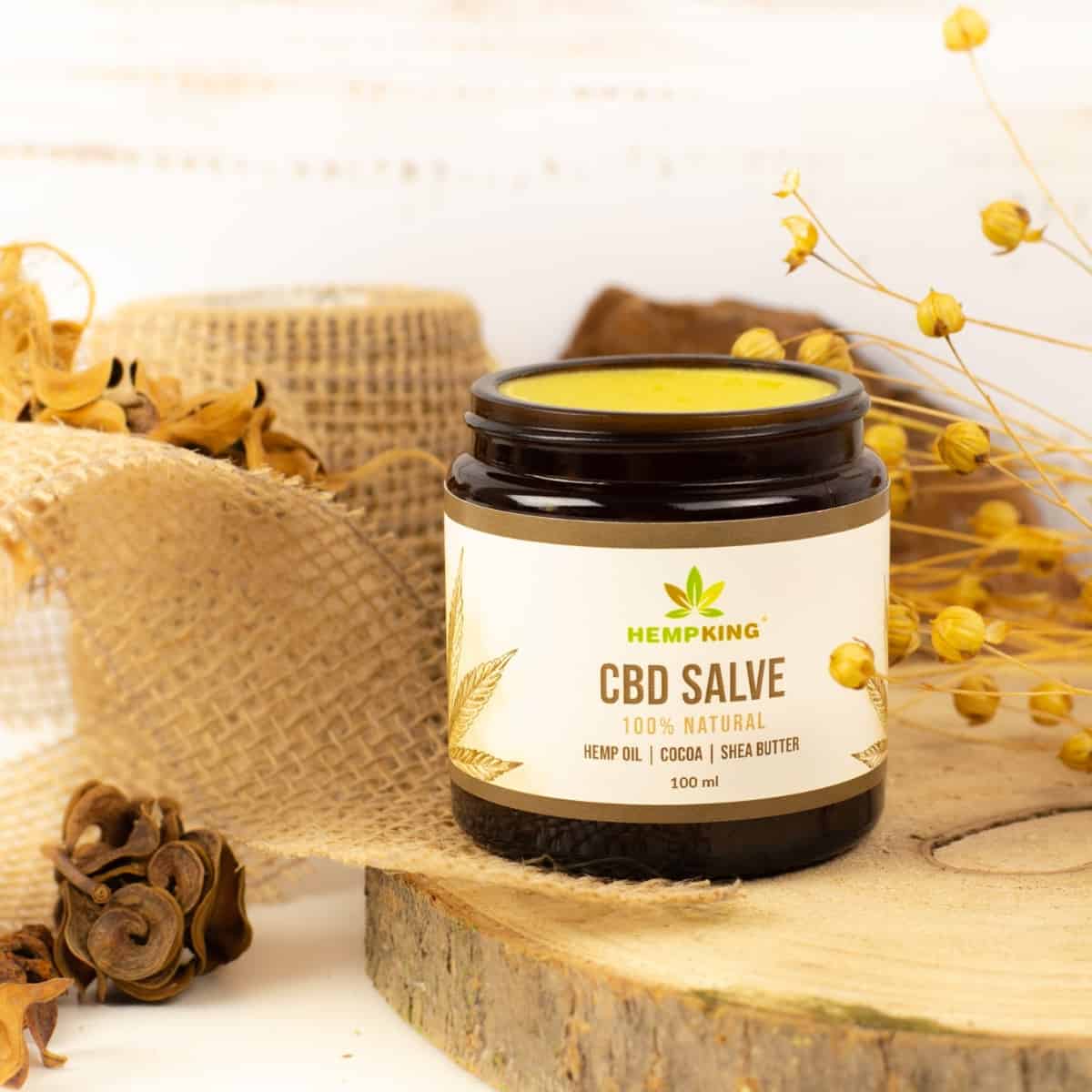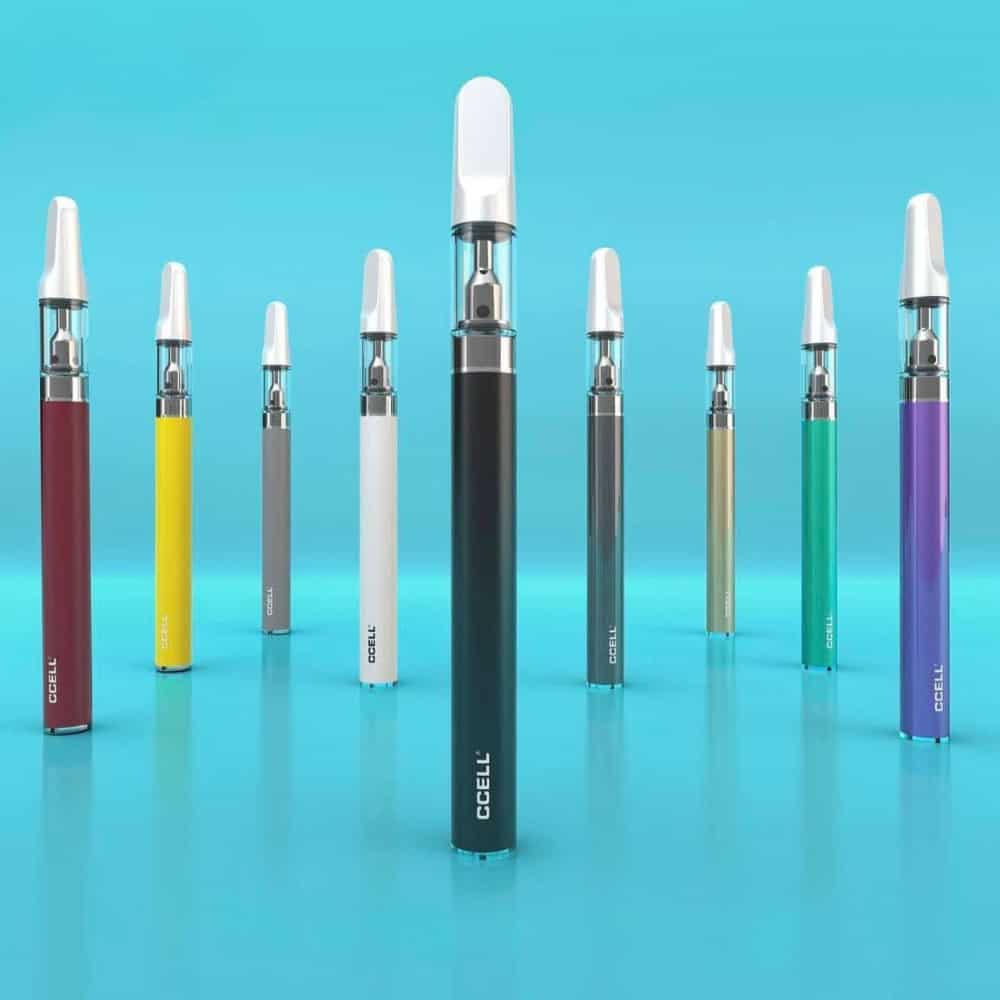Welcome to our beginner’s guide to cannabinoids where we delve into the fascinating world of nature’s immunomodulators. Cannabinoids and their potential benefits. Whether you’re a beginner or a pro this cannabinoid guide aims to provide comprehensive insights into what cannabinoids are, the different kinds of cannabinoids, how they work and their therapeutic potential.
Understanding Cannabinoids
Cannabinoids are unique chemical compounds that are most commonly found in the cannabis sativa genus. They are essential molecules that interact with your endocannabinoid system. A crucial system within your body that plays an integral role in regulating multiple physiological processes including appetite, libido, mood, pain and inflammation.
The two best known cannabinoids are found in the cannabis plant are CBD and THC.
- CBD (Cannabidiol): CBD is non-impairing and is reknowned for its therapeutic properties. Customers around the world report relief from inflammation, aches and pains and anxious thoughts. Moreover CBD does all of this without any of the intoxicating effects associated with its cousin-de-cannabis, THC.
- THC (Tetrahydrocannabinol): THC is the psychotropic component of the cannabis plant and is largely responsible for the “high” that comes with consuming it. However THC isn’t solely a recreational ally, it also has therapeutic effects including pain relief, muscle relaxation and appetite stimulation.
Different Kinds of Cannabinoids
But did you know that cannabinoids are also found in other places outside the cannabis sativa genus? These remarkable molecules come in various forms each with its unique origin and properties. Understanding the different types of cannabinoids can provide insight into their diverse role in human health and wellness.
Phytocannabinoids
Phytocannabinoids are naturally occurring constituents of the cannabis plant. CBD and THC are the best known phytocannabinoids however the plant contains over 100, each of which boasts it’s own potential therapeutic value. Phytocannabinoids work by interacting with your endocannabinoid system (ECS), present in us humans and all mammals.
Endocannabinoids
Endocannabinoids on the other hand are cannabinoids that are produced naturally by the human body. Anandamide and 2-arachidonoylglycerol (2-AG) are the two primary endocannabinoids identified so far. These endogenous cannabinoids are integral to optimally functioning memory, mood, appetite and pain regulation among many other critical functions.
Endocannabinoids act are signalling molecules and bind to our cannabinoid receptors. They are typically created in response to stress as our bodies attempt to return you to homeostasis. Endocannabinoids are within us all and are operating whether you are consuming cannabinoid products or not. Look after yours by checking out our guide on how to support your endocannabinoid system.
Synthetic cannabinoids
Another kind of cannabinoid has grown in prominence in recent years thanks to its use in allopathic medicine. Synthetic cannabinoids are laboratory made versions of phytocannabinoid compounds like THC or CBD. They are usually created for research purposes or pharmaceutical application. For example the drug Nabilone is a synthetic THC and is available for prescription for nausea and vomiting caused by cytotoxic chemotherapy.
Sometimes however synthetic cannabinoids are developed for recreational use such as the drug “spice/k2.” These cannabinoids are not as well tolerated by the body as phytocannabinoids and subsequently they may pose significant health risks.
Mycocannabinoids
Another much lesser known source of cannabinoids is fungi. These fungal cannabinoids are known as mycocannabinoids and they too are gaining attention for their potential therapeutic properties.
For example mycorrhizal fungi like Albaterellus is known to produce cannabichromene-esque cannabinoids such as GFA, neogrifolin, grifolin and confluentin. These mycocannabinoids can interact with your ECS in a similar way to CBC. Additionally we have discovered truffles containing endocannabinoid metabolic enzymes and anandamide. It’s even known Turkey Tail Mushroom contains a polysaccharide (PSP) that interacts with your CB2 receptors. Ultimately fungi and cannabis work synergistically in many ways. Nature really does it best.
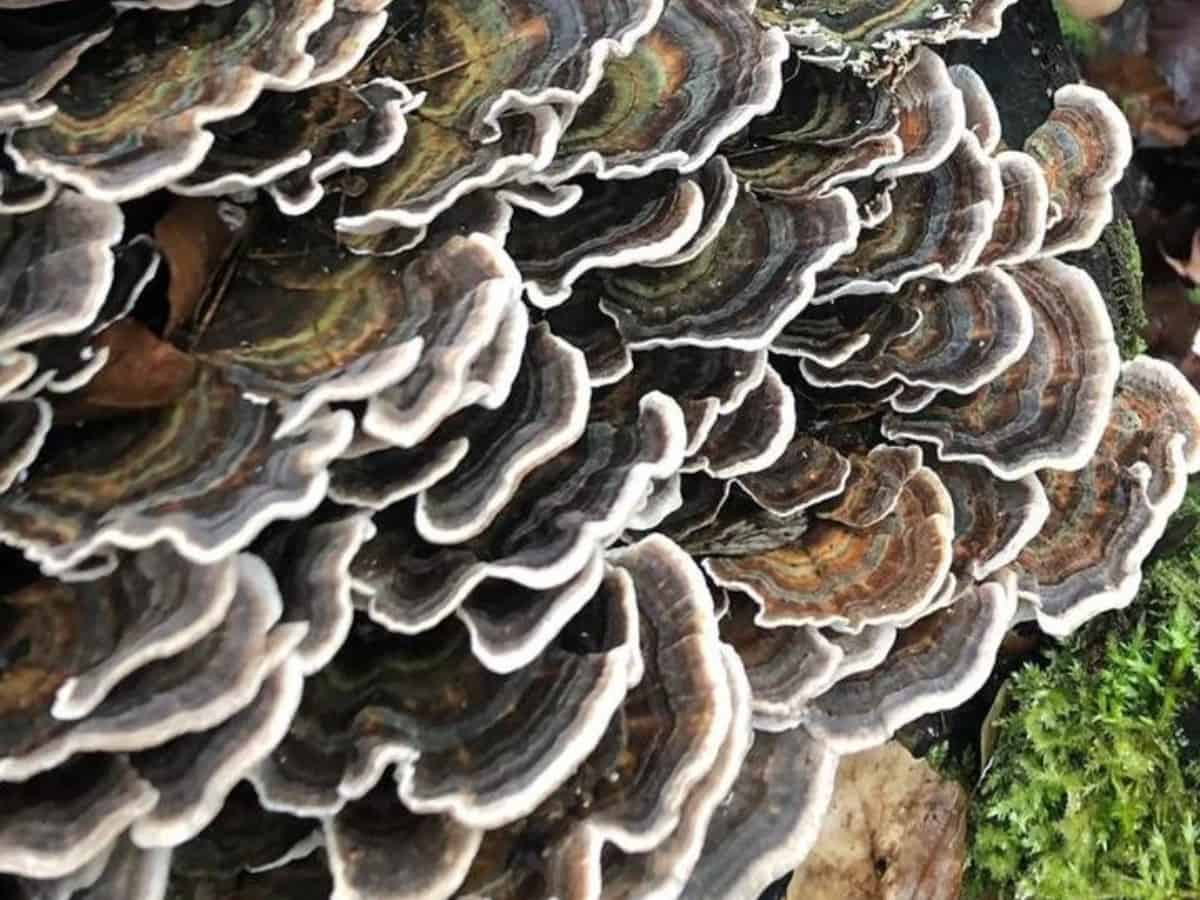
Exploring the Endocannabinoid System (ECS)
The endocannabinoid system is the largest neurotransmitter network in the human body. It consists of numerous microscopic signalling receptors all across the body and brain known as cannabinoid receptors. In addition to this there are enzymes responsible for synthesising and degrading these compounds .
Moreover these receptors are being activated by naturally occurring cannabinoid molecules whether you are using cannabis products or not. The use of CBD oil and other cannabis derived products stimulate and activate the endocannabinoid system. Helping to bring about balance and homeostasis in your body.
The Therapeutic Potential of Cannabinoids
A panoply of research suggests that cannabinoids hold promise of exceptional therapeutic value. Let’s take a look at some of their uses:
- Pain Management: Many cannabinoids have analgesic properties to help those of us with aches and pains. In fact cannabis was the main source of pain management in the USA before opioids. Moreover evidently it’s a much safer option as states in America with legal cannabis stores have been linked to fewer opioid deaths. Winning!
- Mood Management: Cannabinoids like CBD have shown potential as a natural remedy for anxiousness and low moods. It does so in a similar way to some prescription medications by interacting with the serotonin receptors in the gut and the brain.
- Neurological Disorders: Medical cannabis is even available in the UK for those suffering neurological disorders. For example patients can acquire a script for Parkinsons or Alzheimer’s.
- Palletive Care: Cannabinoids may even alleviate symptoms associated with those undergoing treatment for cancer. This includes aiding nausea, vomiting and a loss of appetite.
Navigating Cannabinoid Products
Cannabinoid products are available across the UK and EU in various forms including over the counter CBD based products and THC rich medical cannabis. The latter of course requires a prescription here in the UK so we’re going to look at CBD based cannabinoid products.
CBD rich cannabinoid products are available in various forms including CBD oils, CBD vapes, CBD Capsules, Edibles and much more. When choosing which CBD product is right for you it’s imperative to consider factors such as potency, purity, route of administration and desired effects. Let’s take a look at some of the most prominent cannabinoid products available today:
- CBD Oil: CBD oil is still one of the most popular cannabinoid products. Not only does it offer a convenient way to consume CBD for therapeutic purposes, but with full spectrum CBD oil you get a full array of cannabinoids compared to other products.
- CBD Edibles: If you don’t like the hempy flavour of CBD oil, CBD edibles offer a much more palatable experience. CBD Gummies, CBD chocolate, CBD Capsules and even CBD Drinks provide a discreet and tasty way to consume cannabinoids. Please note the onset of CBD is typically much slower when eaten although effects do last longer.
- CBD Skincare: CBD infused skincare products such as CBD skin balm and CBD muscle balm can provide topical relief from localised pain and inflammation.
- CBD Vaping: Finally CBD vaping provides fast acting cannabinoid relief but does of course come with the downsides to vaping. In this category you can avail of the benefits of Disposable CBD Vapes, CBD Concentrates and CBD E-Liquid.
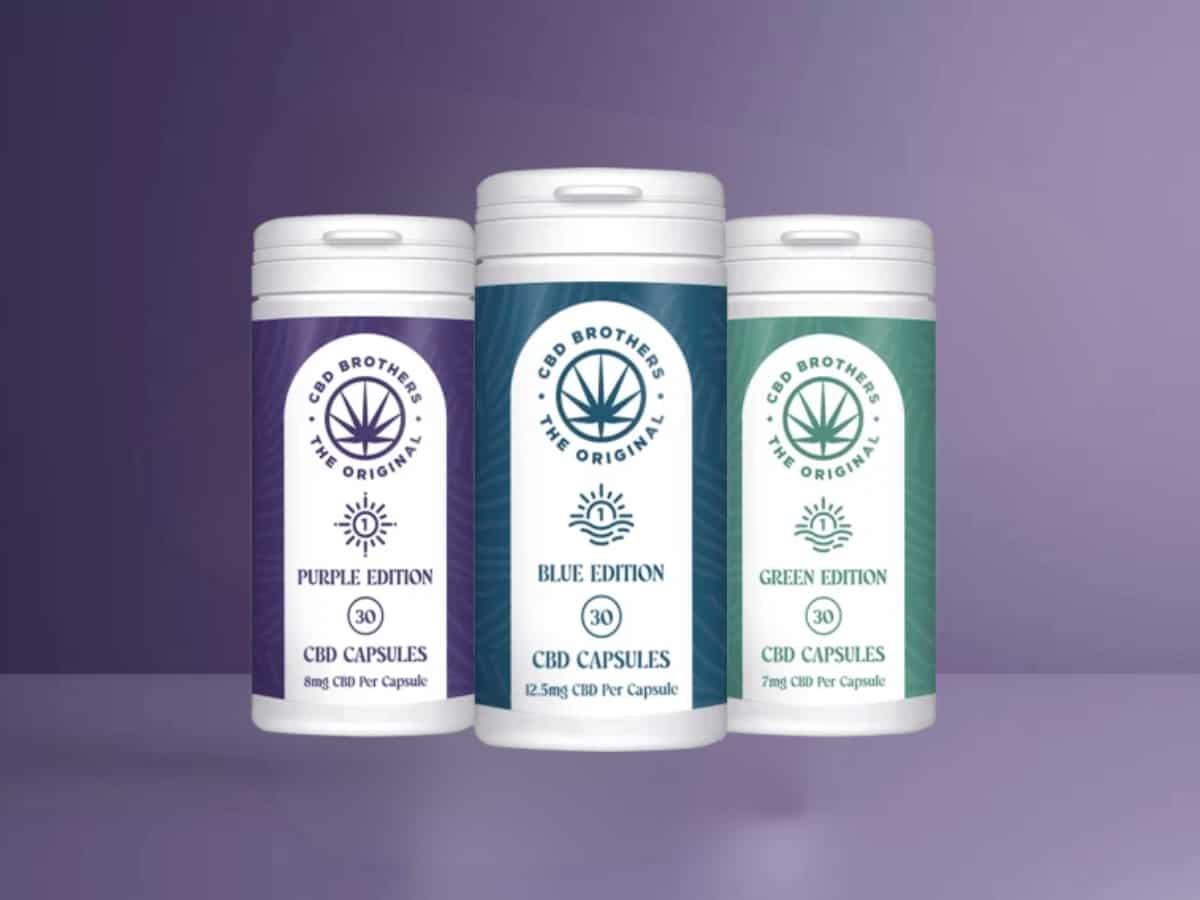
Guide to Cannabinoids Key Take Aways
As the stigma surrounding cannabis continues to diminish, interest in the benefits of cannabinoids is on the rise. However it is important to note it’s always a good idea to speak with a healthcare practicioner before incorperating new supplements into your stack. Especially if you’re currently taking allopathic medication.
Ultimately cannabinoids offer a promising avenue for natural health and wellness. As further research unfolds you’ll be able to unlock the potential of cannabinoids to enhance your wellbeing and quality of life.
Remember knowledge is power and with this beginners guide to cannabinoids you’re one step closer to harnessing the benefits of these remarkable compounds.
Want to know more about CBD?
If you’ve enjoyed this cannabinoids guide you may like to read more about the science of CBD. Here are some of our most popular posts on Learning CBD specifically around cannabinoids.
- H4CBD – The high strength cannabinoid taking the UK by storm.
- CBDa vs CBD What’s the Difference?
- Is CBD Psychoactive? Dispelling the Myths
Alternatively check out our other blog categories to learn all about – Using CBD | Buying CBD
Any questions?
We would love to help if you have any questions around this topic. Let us know by dropping us an email or comment on one of our social channels. We will endeavour to get back to you asap but while you wait the answer to your query may lie in our CBD FAQs.
Don’t miss a thing
Stay up to date with all things CBD by following us on Instagram, Twitter, Facebook, LinkedIN or YouTube. Or why not subscribe to our newsletter to receive monthly CBD tips and offers directly to your inbox?
